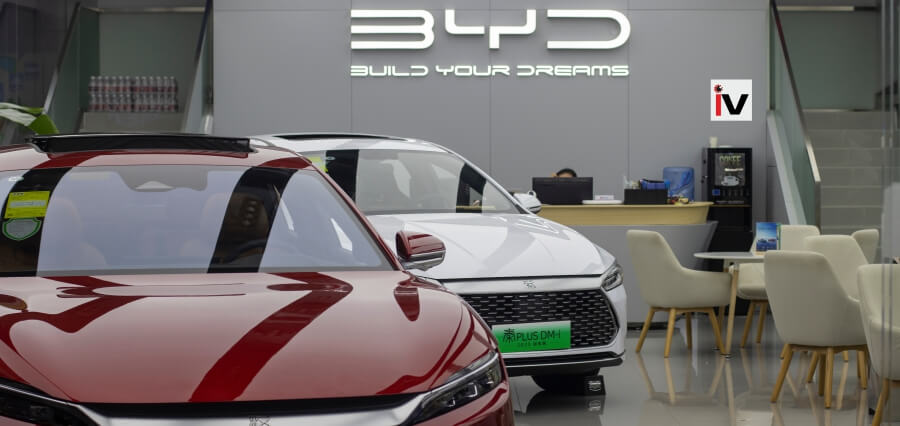Even without selling directly to customers in the US market, Chinese automakers are becoming a more serious threat to their American competitors.
In Asia, Europe, and other non-continental regions, sales of automobiles manufactured in China are increasing at noteworthy rates. China has announced that it will export more than 5 million cars in 2023, surpassing Japan to take the top spot globally in this regard.
China has risen from the sixth position to the first seed since 2020 thanks to the volume from both more recent firms like BYD and Nio and more established, government-owned companies like SAIC and Dongfeng. It coincides with a drop in American auto exports as global operations have been trimmed by firms like General Motors. According to the U.S. Bureau of Economic Analysis, U.S. vehicle exports fell 25% from their peak in 2016 to 2022, the most current statistics available.
According to international consulting firm AlixPartners, America, which ranked fourth in the world for car exports before 2020, came in sixth place globally last year, trailing only Mexico, South Korea, and Germany.
Carlos Tavares, CEO of Stellantis, the parent company of Chrysler, stated during a virtual media roundtable on Friday, “My No. 1 competitor is the Chinese carmakers.” “This fight is going to be intense. For an international automaker like as Stellantis, which operates globally, the only option is to take on the Chinese automakers head-on. There’s not another option.
The danger is not limited to export quantities. Chinese automakers have raised the bar for both vehicle cost and production. They are building EVs profitably and effectively, something that has eluded multinational manufacturers like America’s GM and Ford Motor, and they are delivering new models at record speeds.

